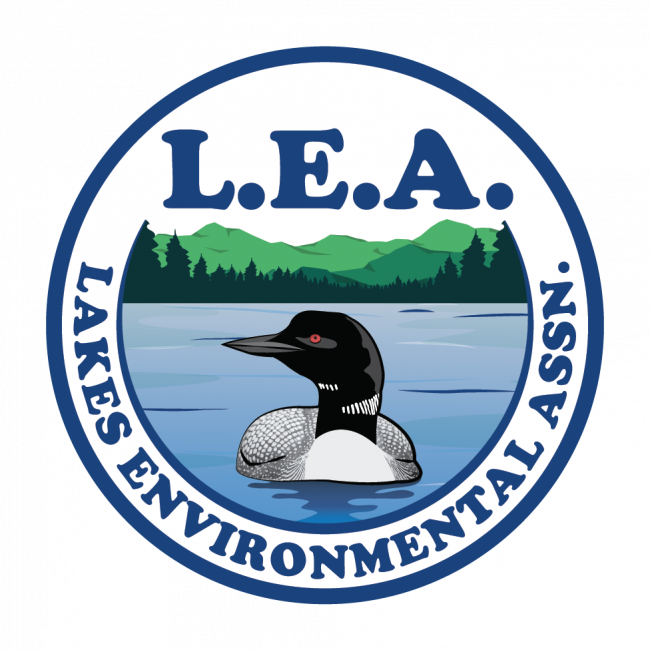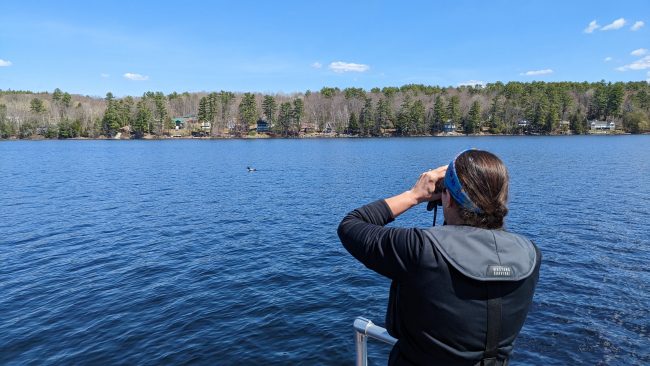
The Maine Loon Restoration Project is a five-year project, funded by a natural resource damages settlement from the Bouchard Barge 120 oil spill, that aims to give Maine loons better chances for breeding success and reduce threats to their survival. Funding was provided by the US Fish and Wildlife Service on behalf of the Bouchard Barge 120 Buzzards Bay Oil Spill Trustees.
The Maine Loon Restoration Project aims to increase loon nesting success and decrease loon mortality by engaging volunteers in these efforts:
On the afternoon of Sunday, April 27, 2003, just south of Westport, Massachusetts, an oil tanker operated by the Bouchard Transportation Company passed on the wrong side of a navigational marker and struck rocks underwater, gouging a 12-foot hole in its hull. In the hours that followed, 98,000 gallons of heavy #6 fuel flowed into Buzzards Bay. Oil washed up along 100 miles of beaches, rocky shoreline, marshes and tidal flats. 76 loons were found dead and 128 oiled loons collected, of which only 9 survived. More oiled loons continued to be found over the following summer. The U.S. Fish and Wildlife Service (USFWS) estimated that 531 Common Loons over-wintering or migrating through the area of the spill died as a result of the spill. Eighteen years after the spill, in 2021, a settlement was reached with the company responsible for the spill through Natural Resource Damage Assessment and Restoration Program (NRDAR). The natural resources damage settlement from this spill, announced by the U.S. Fish and Wildlife Service on June 16, 2021, has led to funding for restoration of loons on their breeding grounds, and Maine Audubon is pleased to be one of the funding recipients. Maine Audubon’s proposal for the five-year Maine Loon Restoration Project, A Comprehensive Approach by Maine Partners to Restore Common Loon Losses Resulting from the B-120 Oil Spill, was awarded $825,445. This project is a collaboration between Maine Audubon, Maine Lakes, Lakes Environmental Association, and the Penobscot Indian Nation, in collaboration with the Maine Department of Inland Fisheries and Wildlife.
LEA has partnered with the Maine Audubon, in addition to Maine Lakes, and the Penobscot Indian Nation, in collaboration with the Maine Department of Inland Fisheries and Wildlife, to place artificial nesting rafts, monitor nesting sites, and educate the public on loon behaviors.
LEA works within the towns of Bridgton, Denmark, Harrison, Naples, Sweden and Waterford, to place loon rafts on lakes and ponds that are determined to be in need. We partner with local volunteers to monitor nesting sites, territorial pairs and loon young. We also participate in the Maine Audubon’s Fish Lead Free program.
The Maine Audubon leads the state wide program, acting as a resource for other partners. The team at Maine Audubon also works to monitor and loon rafts as well as training volunteers to do the same. The Maine Audubon is involved in the Fish Lead Free program, hosting tackle exchanges and introducing buyback programs, that educate the public.
Contacts: loonrestoration@maineaudubon.org
In addition to leading the Loon Restoration Project, the Maine Audubon, also leads the Annual Loon Count. Occurring on the third Saturday in July, volunteers take to the water to count loons. This gives insight on Maine’s loon population.
Maine Lakes focuses on the Look Out For Loons (LOFL) program. This program provides volunteers statewide, the tools, training and support needed to reduce human disturbance and increase loon nesting success. This includes community trainings, brochures, signs, and participation in the Fish Lead Free program.
Contacts: loons@lakes.me
The Penobscot Nation places and monitors loon rafts to help territorial pairs have a successful nesting season.
LEA works with lake associations and volunteers in the towns of Bridgton, Denmark, Harrison, Naples, Sweden, and Waterford, to place artificial rafts. The goal of these rafts is to provide nesting habitat in areas where water level changes, loss of nesting habitat and predation from land animals occur. These rafts have been used all over the state for the past 50 years to encourage loon population growth, but if used in the wrong way can actually reduce the chances of a nest’s success. Because of this, it is important to monitor nesting areas before placing a raft.
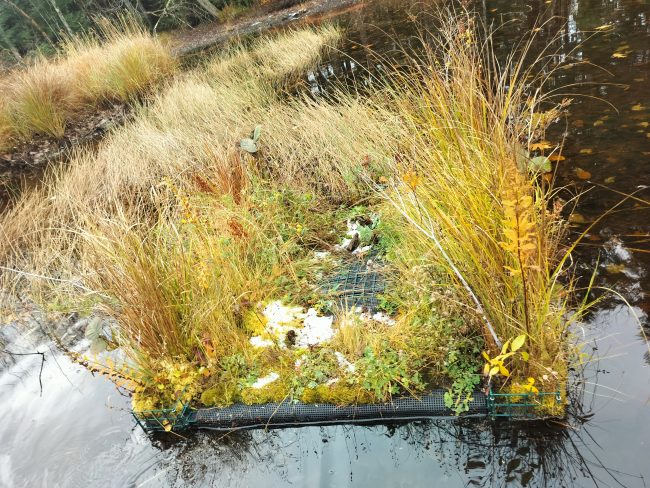
Here is an artificial nesting raft from woods pond. This particular raft is a modular raft. It has detachable baskets on the sides and is lighter in weight, making it easier to move out of the water. The shrubs used, mimic the surrounding shore lines, and the open center is where a nest can be made. The raft is anchored on the corners to ensure it does not float away.
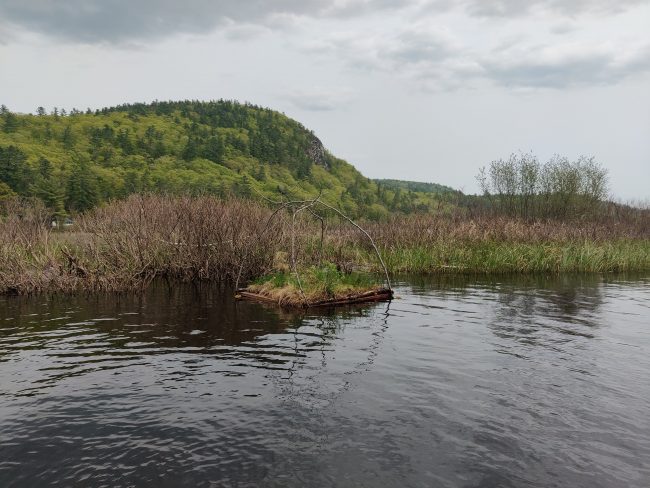
In addition to the modular rafts, LEA also has some cedar rafts. These rafts are very heavy, but are good in conditions where water fluctuations rock the raft. This raft here, is in a part of a pond with a river inlet and heavy boat traffic. The raft is made of four cedar logs that are each 4 feet long, and cedar decking. Once the wood gets wet, the raft gets quite heavy and is harder to rock in the water.
Before placing a raft, there is some needed information. LEA relies on volunteers, like you, to gather information about loons and their young. They are looking for signs of previous nest sites, whether or not a chick has hatch in past years, the change in water levels throughout a season, and any signs of predation. Volunteers are asked to monitor loons on a bi-weekly bases at minimum. We encourage you to team up with a neighbor or a friend!
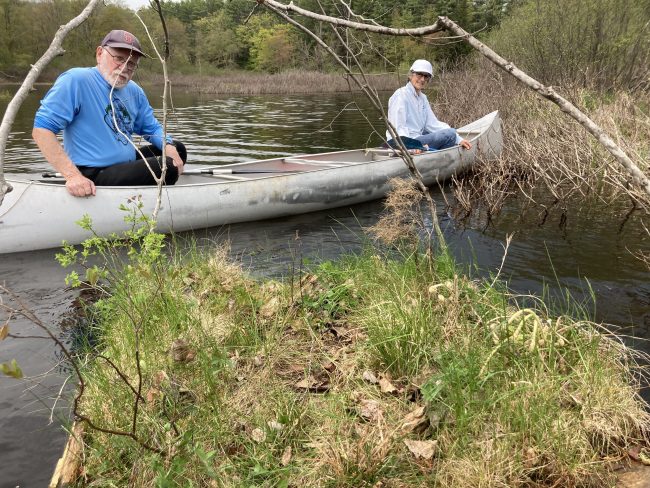
After the excitement of deploying a loon raft, the monitoring continues. Carol and Stan worked with others on Bear Pond to set up a system where at least one person would check on the loon raft a week. They watched to observe the behaviors of loons. Such as, swimming and feeding together, building a nest, wing flapping, raised heads, and so much more. Over the course of a year, the Bear pond team, had learned that the territorial pair had a lot of personality. This monitoring will continue next year, when, hopefully, the pair will use its new raft.
If your lake is unavailable, please reach out to rachel@mainelakes.org
2024_Loon-Pair-Survey-Form_SandPondLoons have a lot of personality if you watch closely, and their behavior shows signs of courtship, stress and nesting activities.
Territorial and Stressed Behaviors

Courtship Behaviors
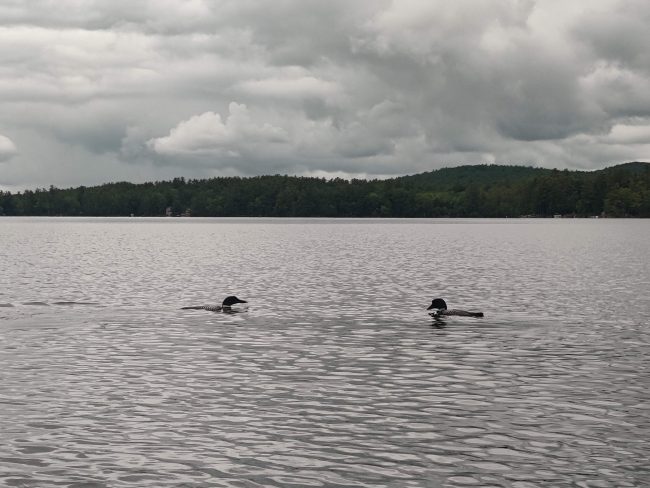
Nesting Activity
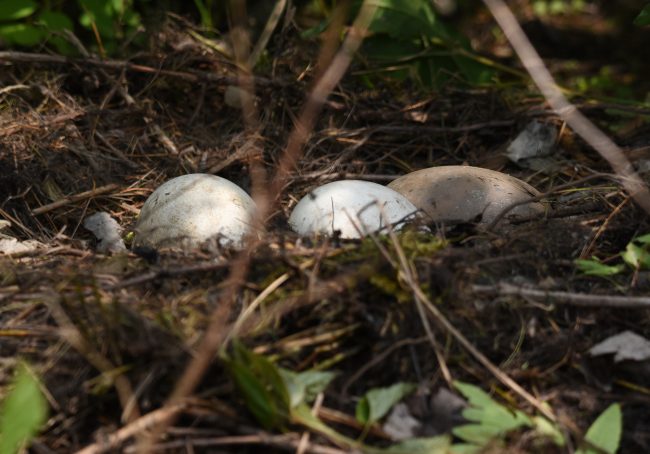
All photos are taken at a respectful distance to not disturb the loons. Please do not get too close when monitoring loon behaviors.
For more information on loon behavior check out these awesome resources from the Maine Audubon and The Loon Preservation Committee.
When it comes to signage, there are two types we use. One is intended to alert boaters at the boat launch of loons on the water, while the other points out nesting areas that boaters may disturb on the water.
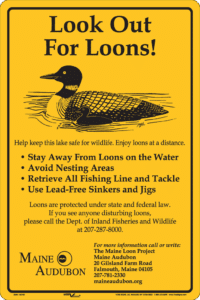
These look out for loon signs are great for public boat launches. They remind boaters of loons that may be on the water, to avoid nesting areas, as well as, provide fishing tips to keep loons safe.
These signs can not be put at state boat launches.
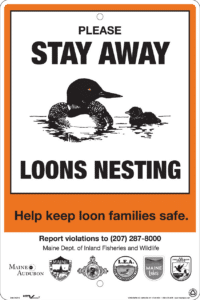
These nesting signs are intended to alert people of nesting sites that are nearby and advise them to stay away. However, they may draw attention to a nesting site that was otherwise hidden.
No up coming events. Check back later for training sessions, webinars or tackle exchange events.
